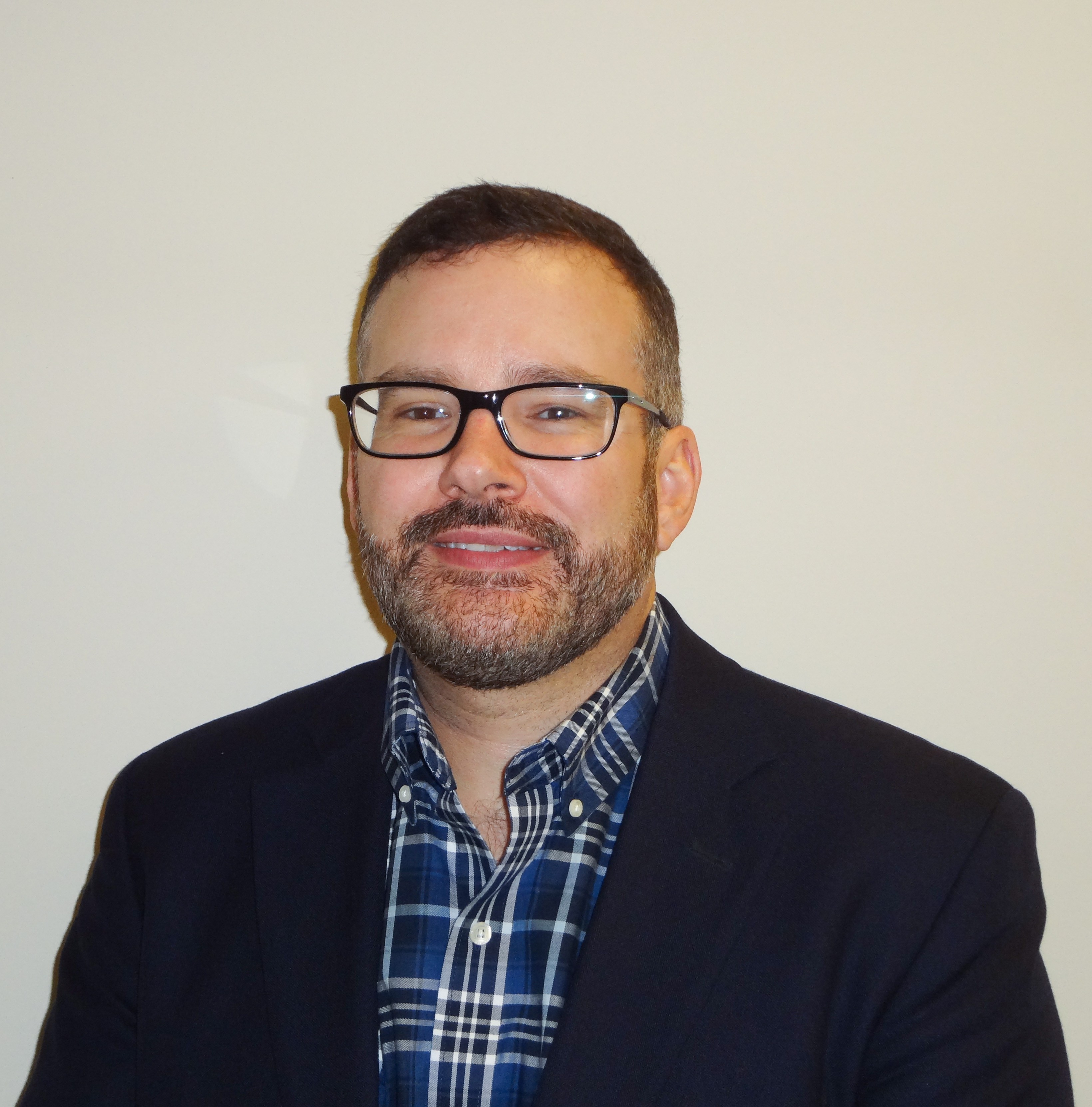Kelly Hyder-Stockdale, president of the OWLS American Sign Language Club, is determined to add ASL to the list of foreign language courses offered at KSU.
The ASL pamphlet states that while The University System of Georgia recognizes ASL as a foreign language, KSU “currently does not offer American Sign Language as a foreign language credit.” Hyder-Stockdale, a Psychology major, said that offering ASL as an accredited class will help bridge the communication gap between hearing and non- hearing students.
“The communication gap affects deaf education,” Hyder- Stockdale said.
She said the average deaf high school student will graduate with a third-grade reading level due largely to the fact that “only 38 percent of teachers of deaf students know ASL,” which makes it difficult for students and their teachers to communicate.
Unfamiliarity with ASL leads many of those outside of the deaf community to have misconceptions about the language.
“The biggest misconception is that people think it’s English on the hand,” Hyder-Stockdale said.
She said that in actuality, ASL is closer to the Japanese and Navajo languages than any other language in terms of structure and syntax.
The miscommunication between the deaf and hearing also causes other issues for deaf children. According to Vengeful Stapler, a website that provides information about ASL, “90 percent [of deaf children] are born to hearing parents.”
Hyder-Stockdale said 88 percent of those parents do not know ASL. She also said these statistics may be connected to the fact that “50 percent of deaf girls and 67 percent of deaf boys 12 years old and younger are sexually abused.”
Hyder-Stockdale said this abuse could be prevented if deaf children knew more people who were educated in sign language and that ASL education could begin at universities like KSU.
While Hyder-Stockdale said she is certain that ASL would benefit KSU students, several members of the Foreign Language Department and not convinced.
Thierry Léger, an associate dean and professor of French, consulted with fellow French Professor and chair of the Department of Languages, William Griffin, about the possibility of creating an American Sign Language course.
Both faculty members came to the conclusion that “while ASL is a language, it is very different than the other languages taught in the Department of Foreign Languages [in that] it is not the equivalent of exposing students to a foreign language and culture.”
The professors argue that other foreign language classes teach “language skills and culture,” while teaching ASL would only focus on “learning and producing signs to communicate.”
Some members of the deaf community disagree with this viewpoint. Vengeful Stapler suggests that the deaf community is comprised of its own culture, consisting of its own “set of values, rules and traditions different from typical American values.”
Vengeful Stapler provides examples of deaf literature, history and customs that are foreign to many Americans. Many deaf children, for example, view their family members as not only relatives, but also as teachers and classmates.
Hyder-Stockdale’s statement about ASL being more complicated than just a hand-translation of English contrasts with the professors’ notions that the language is as simple as “learning signs.”
While some may disagree about the need for an ASL course, many in the deaf community remain hopeful.
Jessie Robbins, a Biology major who is also deaf, said she believes that ASL classes would be beneficial.
“If other deaf students were looking at KSU for attendance and they discover that there may be other students on campus taking ASL and learning about the deaf culture, that would be a positive thing and help [with] their decision to make KSU their school,” Robbins said. Hyder-Stockdale said that although she would like to see a sign language class offered as soon as next year, she is still in the process of getting a petition and proposal together before presenting the idea to President Papp.
Hyder-Stockdale said students interested in learning ASL would be able to utilize sign language regardless of which field they’re in.
She has created a petition to create an ASL class, which is available online at www.ipetitions.com/petition/asl-at-ksu/.



As a Deaf student, I find what the Foreign Language professors saying out of line. American Sign Language is a language with syntax, history, and a living language. It is NOT solely “signs” using English words in place of using one’s voice.
The Deaf community has welcomed me with open arms, when the hearing community felt my differences were too great to bridge the communicational challenges I now face daily. Accessible communication is vital to every human being. Without the ability to express ideas whether signed or voiced leaves many people isolated and alone. Deafness can be considered a disability by many, however, for the Deaf it is all we know. It is how we grow up, it is our way of life. Bridging the communication is a life line that NEEDS and MUST be done. ASL as a Foreign Language can help to build the bridges that are NEEDED NOW!